Know your Agapanthus from your Amaryllis, or Dahlias from Delphiniums? These flowers will contribute towards a breathtaking summer garden.
Who doesn’t dream of a garden brimming with blooms? Our experts share some top achievers that’ll ensure year-round colour.
Agapanthus
Why they’re cool:“You can’t go wrong with these indigenous perennials,” says Felicity Teixeira of Blue Petal Design. They’re hardy and can tolerate sun and shade. Plus, their evergreen foliage will ensure year-round colour. Teixeira recommends Nana Blue and Nana White. “Other good options include the repeat-flowering Bingo Blue and Bingo White,” she adds.
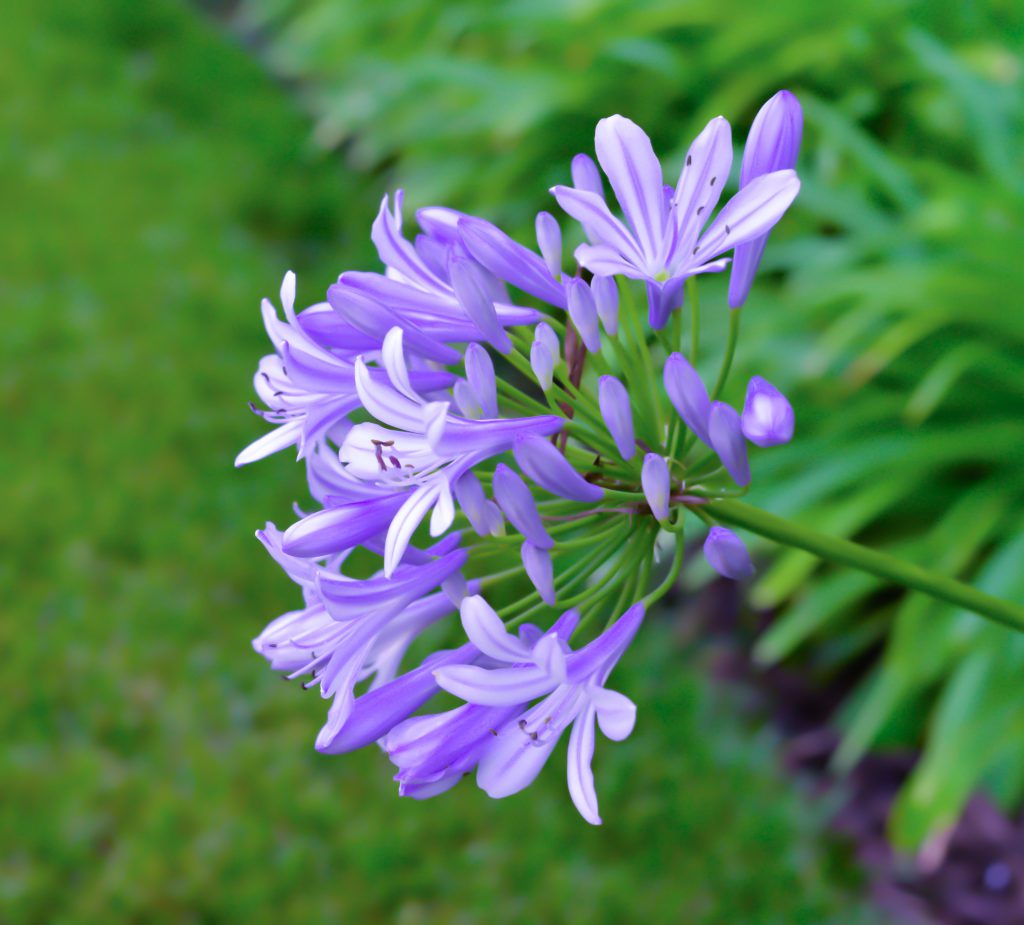
Life is a Garden
Amaryllis
Why they’re cool: Amaryllis flowers make their appearance in early summer. “These shade-loving bulbous plants will reward you with statement blooms in a range of popping colours. Ideal for indoor container gardening,” says Craig de Necker, managing director of The Friendly Plant.
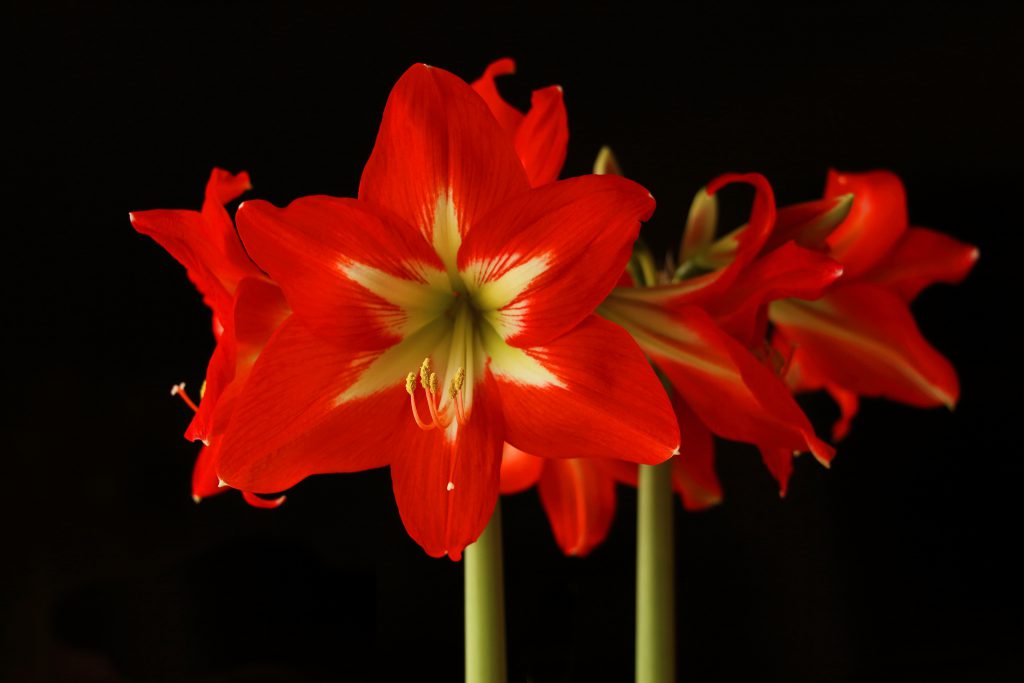
Pixabay
Aquilegia
Why they’re cool: “These dainty perennials will add colour and interest semi-shade areas. Also known as columbines, flowers come in a variety of unexpected colour combos, while filigree-fine foliage adds a soft forest effect,” says Teixeira.
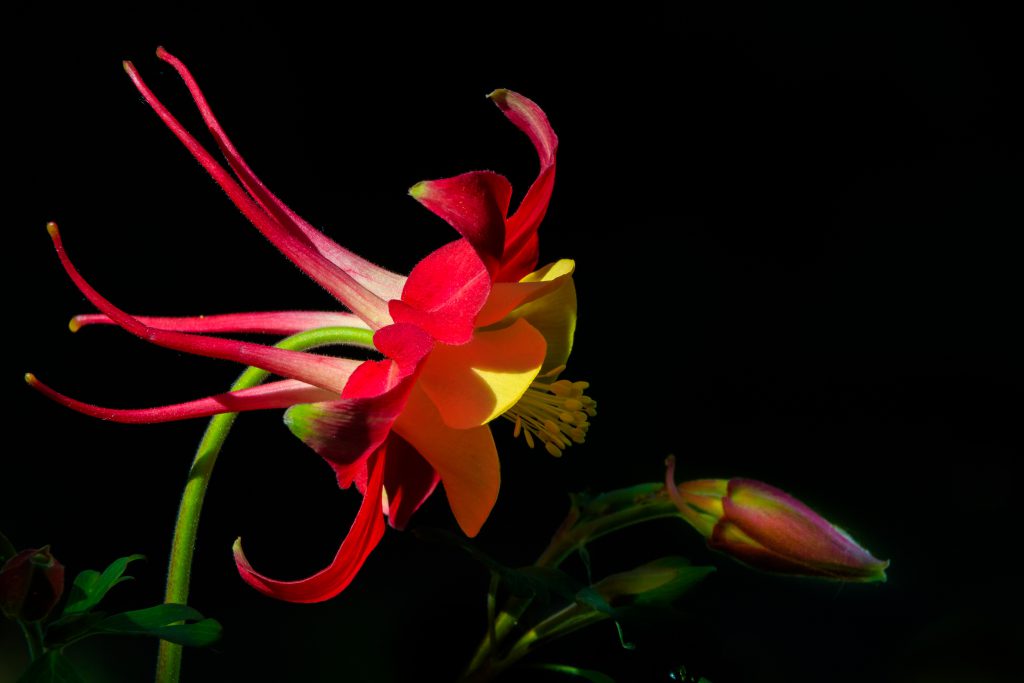
Pixabay
Azaleas
Why they’re cool: When most plants have shed their leaves and blooms have gone dormant, the magnificent azalea makes its appearance. According to De Necker: “These budding beauties ensure colour and interest from autumn to early spring. A must-have for any garden!”
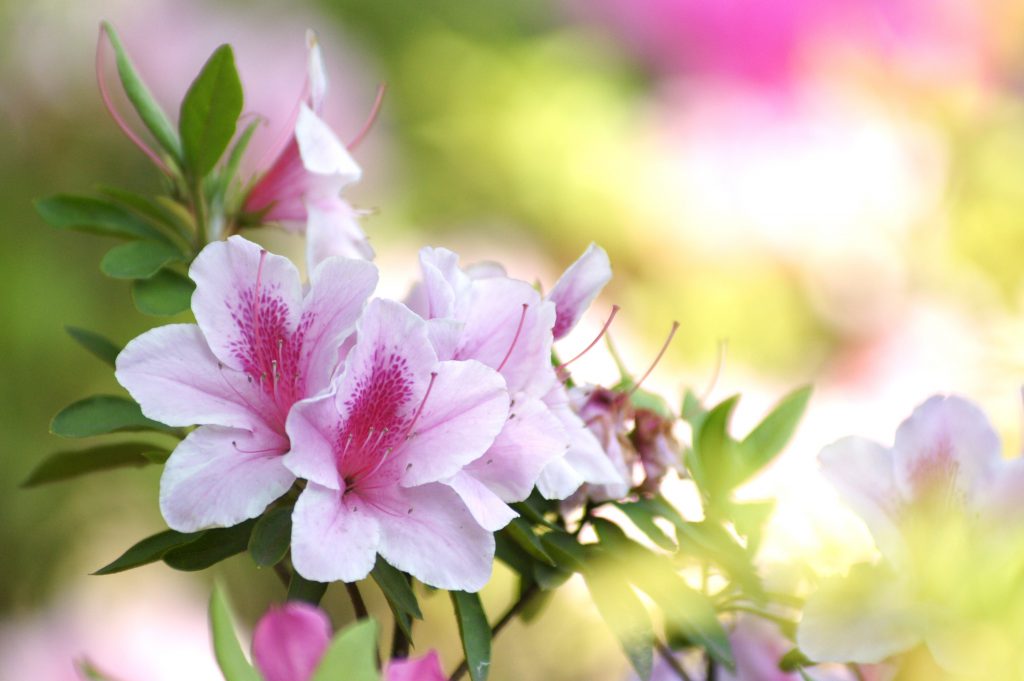
Life is a Garden
Clivias
Why they’re cool: These early spring-flowering perennials banish any traces of the winter blues in the garden. “Brightly coloured trumpet-shaped flowers last for several weeks. Plus, the strap-like leaves of this indigenous showstopper are ideal for creating an evergreen backbone. They’re ideal for shade gardens with a dense canopy of trees,” says De Necker.
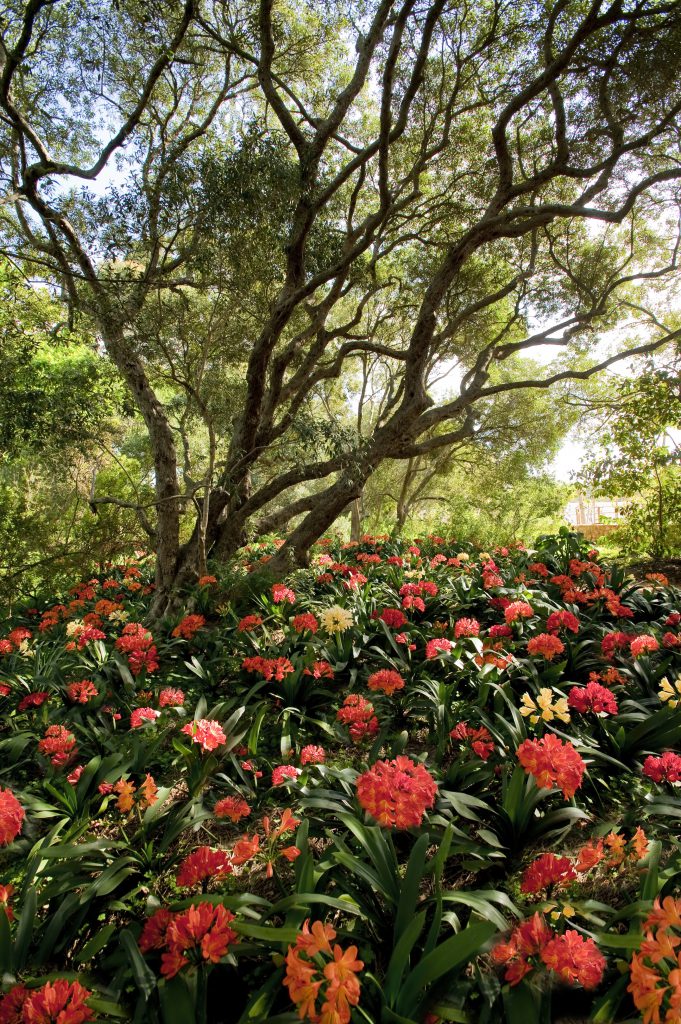
Life is a Garden
Dahlias
Why they’re cool: These old-school bedding-plant favourites come in a range of colours; daisy-like blooms grow on bushy plants. “These hardy, full-sun plants come in different heights, depending on the variety,” says De Necker.
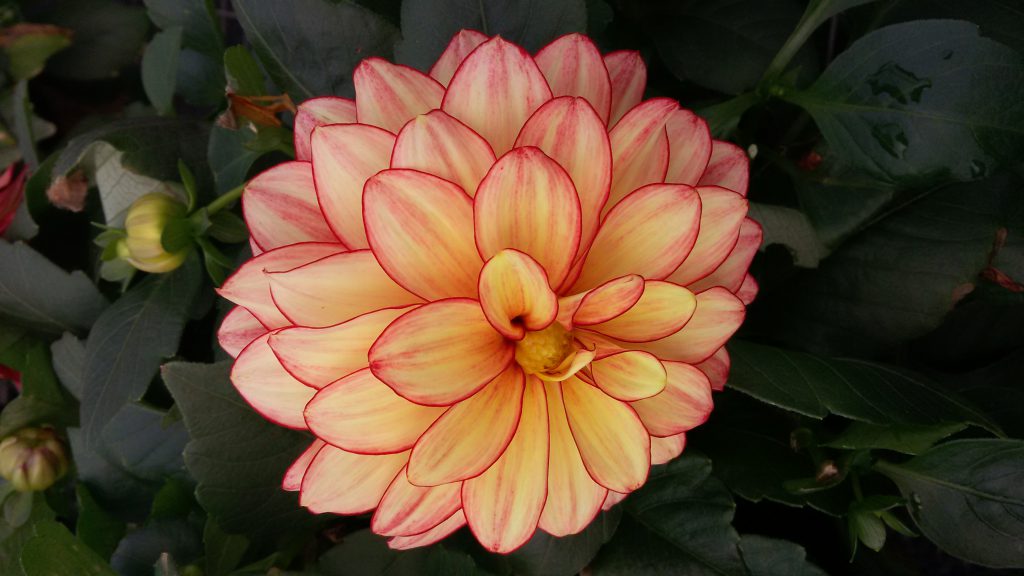
Life is a Garden
Delphiniums
Why they’re cool: “Also known as Larkspurs, these showy flowers are grown for their colourful, showy spikes in shades of white, blue, pink and saturated purple,” says De Necker. Delphiniums are normally treated as annuals or short-lived spring and summer flowering perennials. They prefer cooler climates and don’t do well in very dry or hot, humid regions. They’re hardy to frost, will grow in semi-shade to sun and well in full morning sun and afternoon shade.
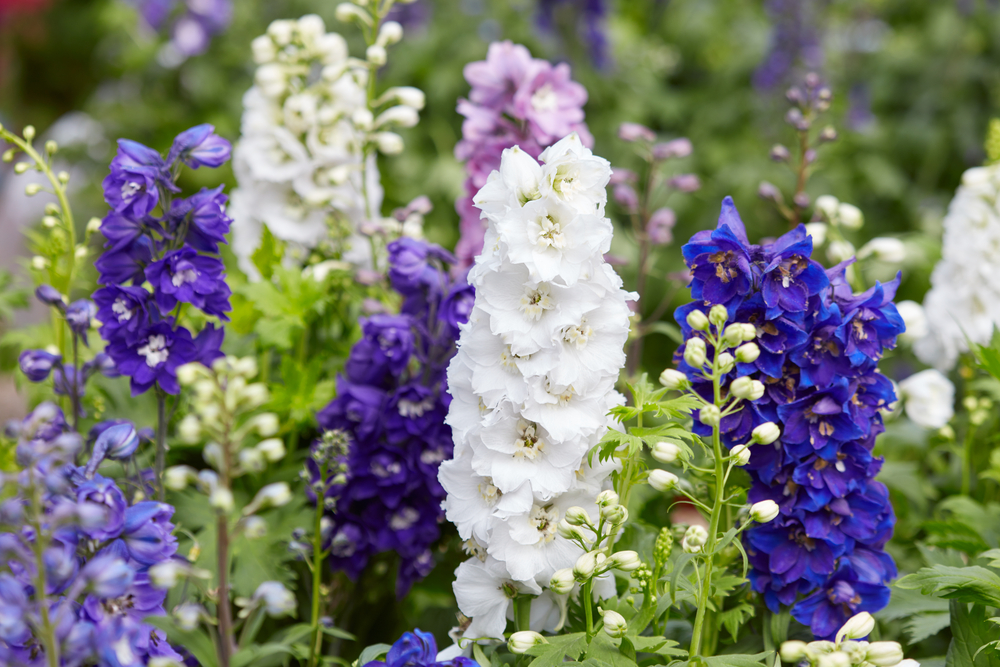
Shutterstock
Euphorbia Diamond Frost
Why they’re cool: “A profusion of small white blooms are lovely to spill over pots and add a soft, dairy-like touch to your garden,” says Teixeira. Diamond Frost does well in full sun to semi-shade. Plus, they’re heat-tolerant and low maintenance.
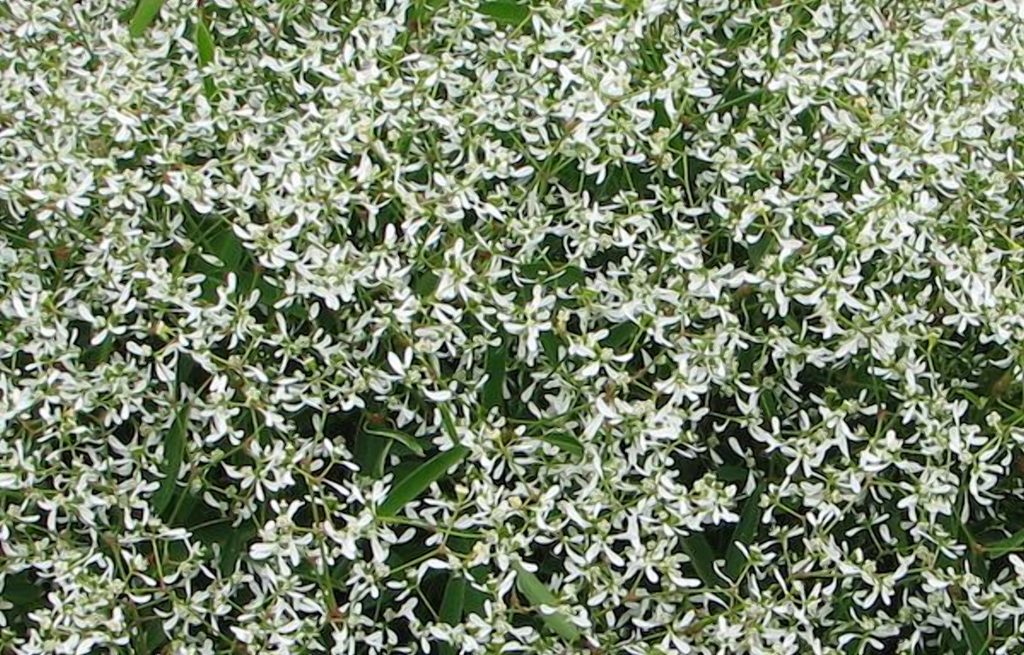
Life is a Garden
Foxgloves
Why they’re cool: These cottage garden favourites do well in semi-shade. “Although they’re treated as an annual, they’ll usually reflower for a second season,” says Teixeira.
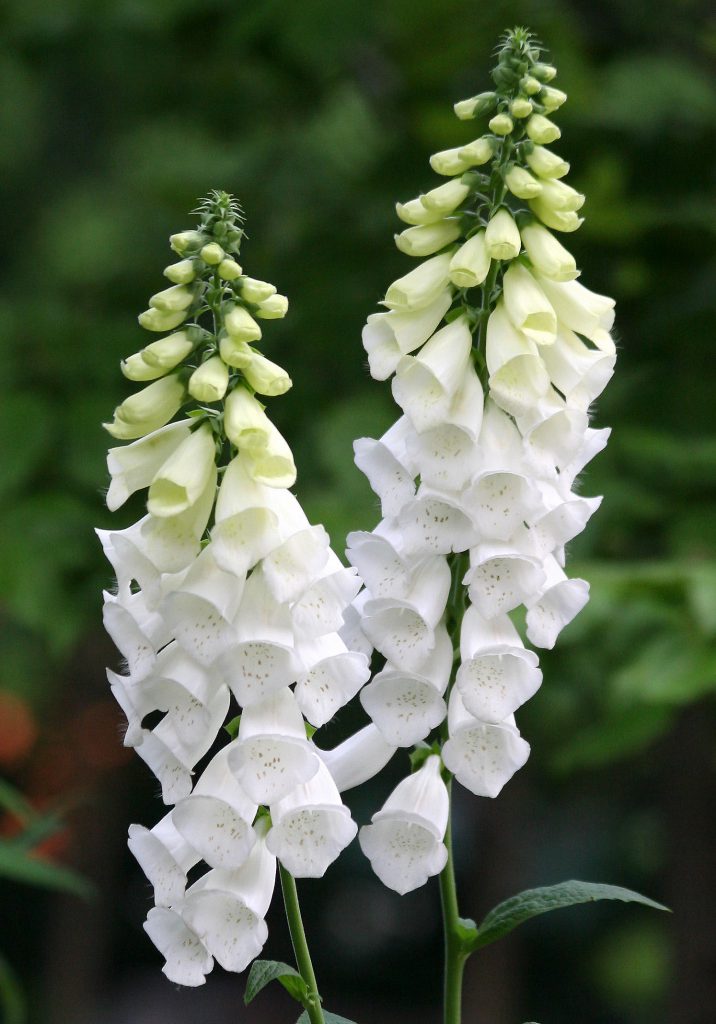
Life is a Garden
Inca Lilies
Why they’re cool: “Also known as Alstroemerias, these compact perennials will reward you with an abundance of blooms throughout summer,” says De Necker. Blooms attract birds, bees and other garden life. Plus they make great cut flowers.
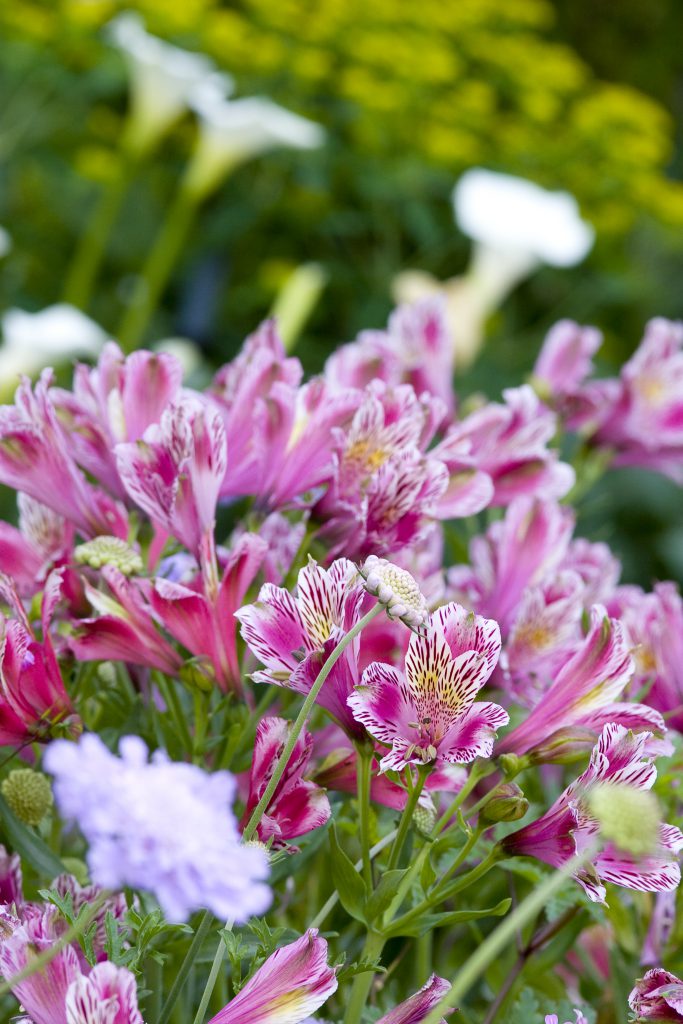
Life is a Garden
Japanese Anemones
Why they’re cool: Ideal for late summer and autumn colour, Japanese Anemones flower in abundance from late summer to autumn. “Their lovely textured leaves are just as appealing as their simple blooms bobbing on their airy stems,” says Teixeira.
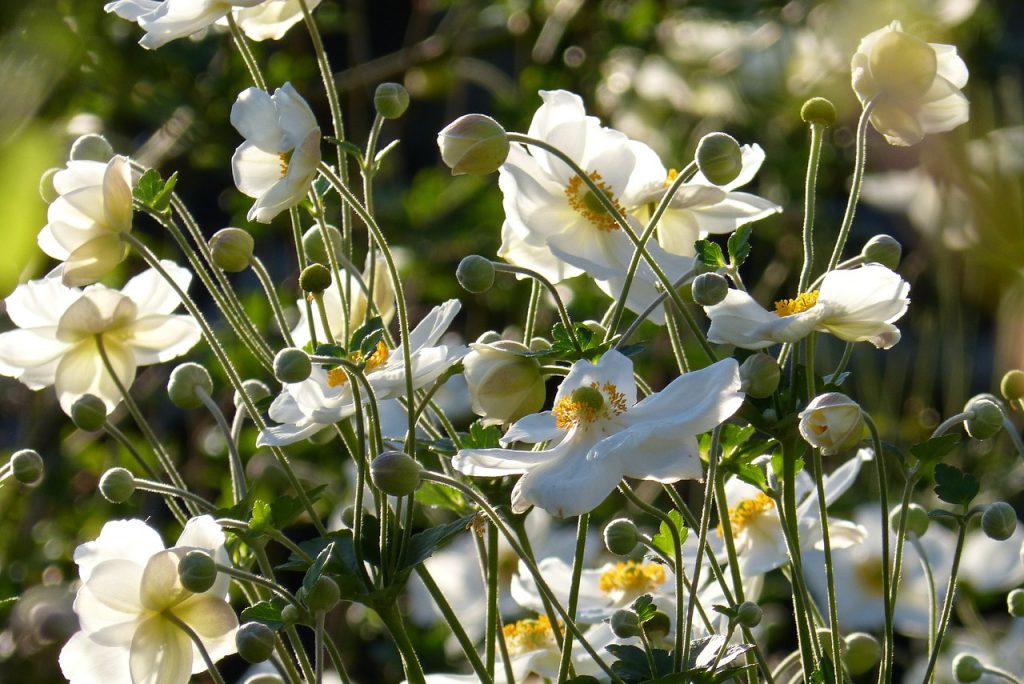
Life is a Garden
Salvias
Why they’re cool: Also known as sage, these hardy plants are well-loved in the flower and herb garden. All salvias are easy to grow and need good drainage to flourish. “Cool-hued flower spikes will ensure long-lasting colour while the foliage, especially the grey varieties, are popular,” says Teixeira.
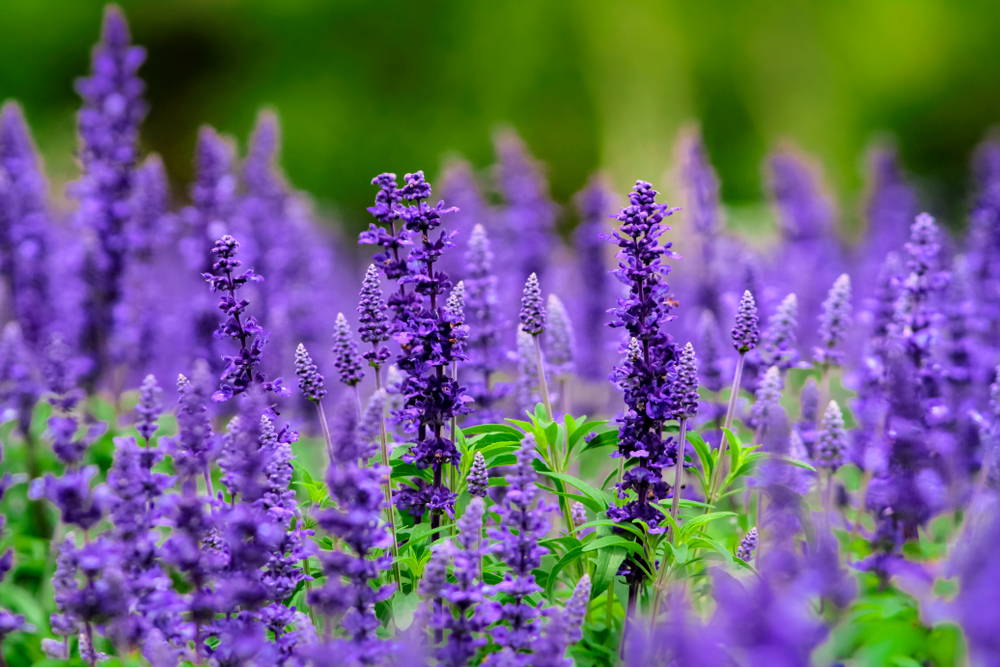
Shutterstock








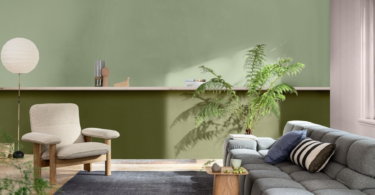
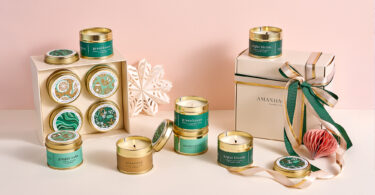
Leave a Comment